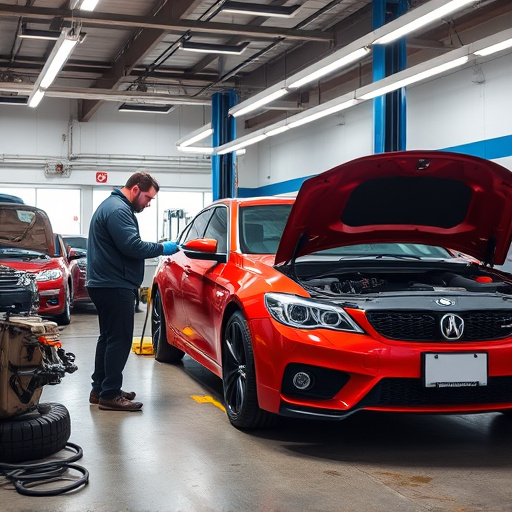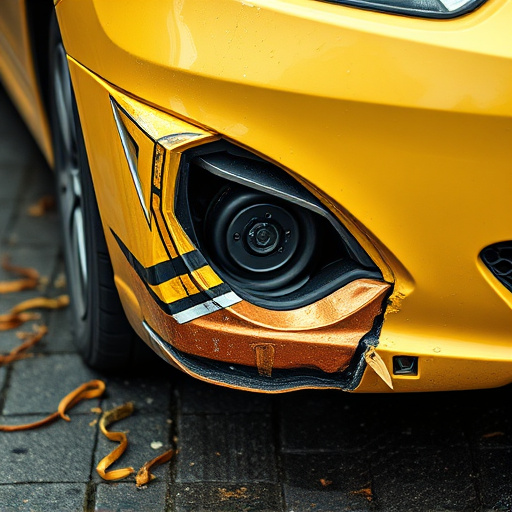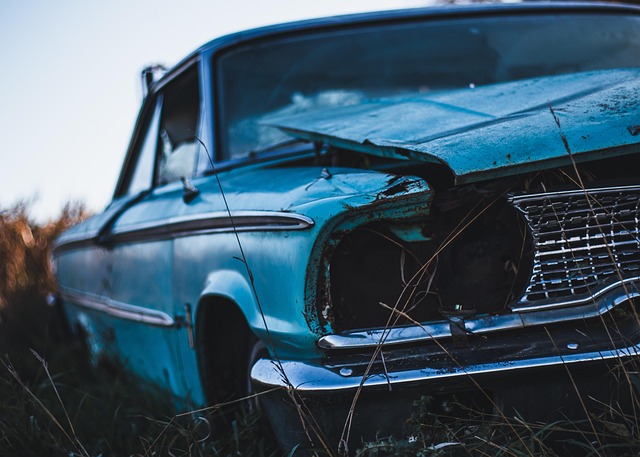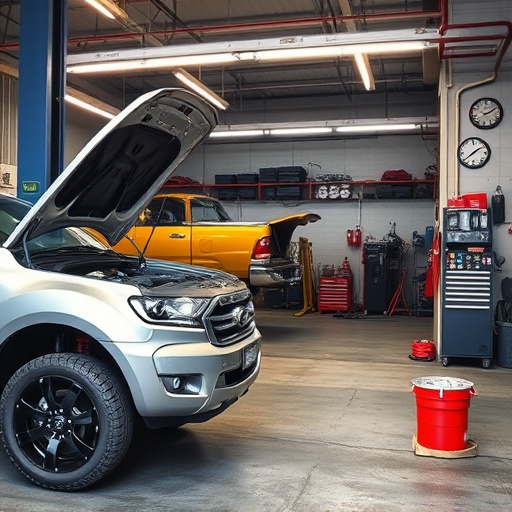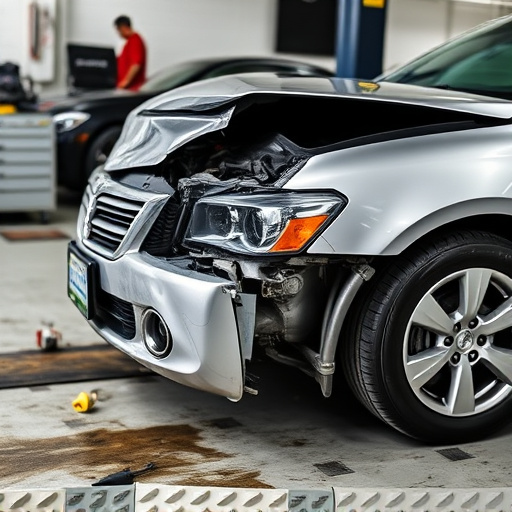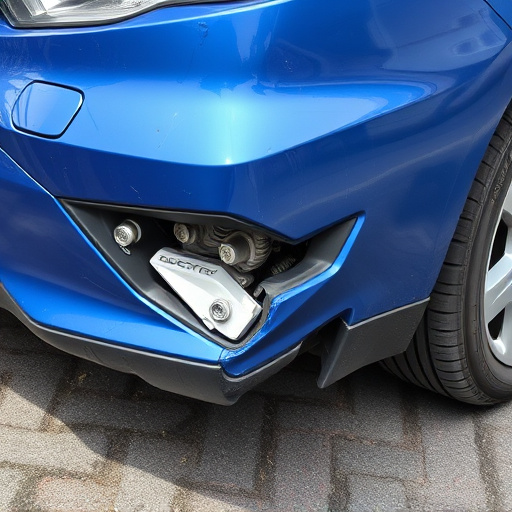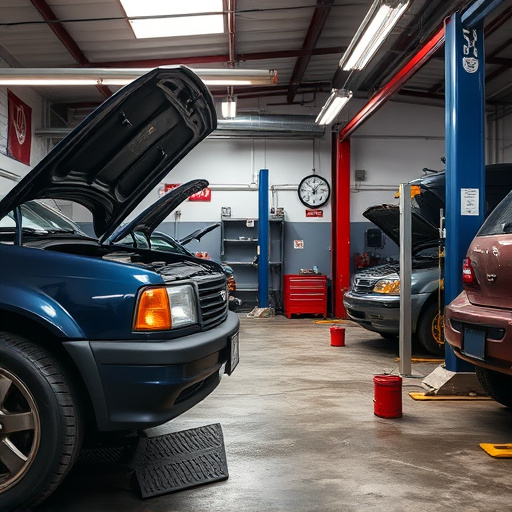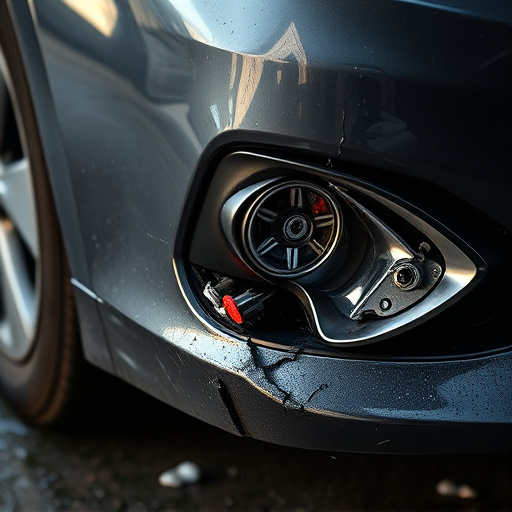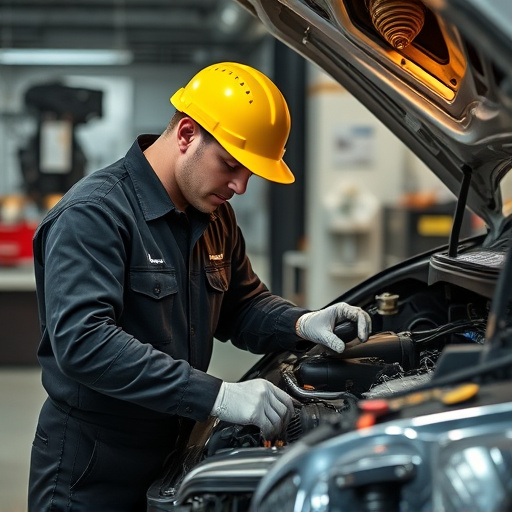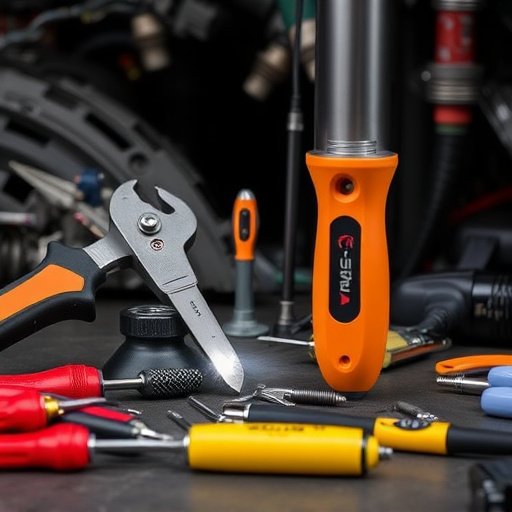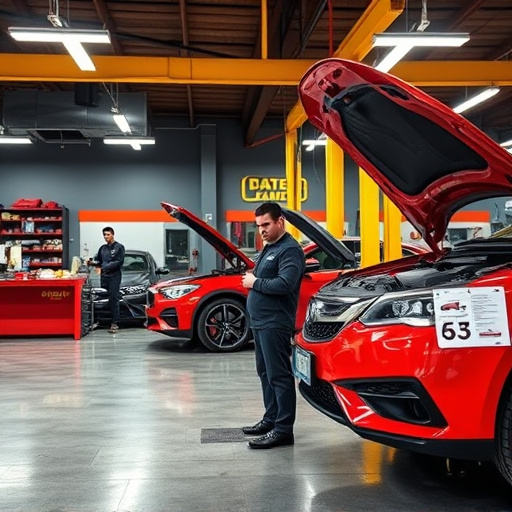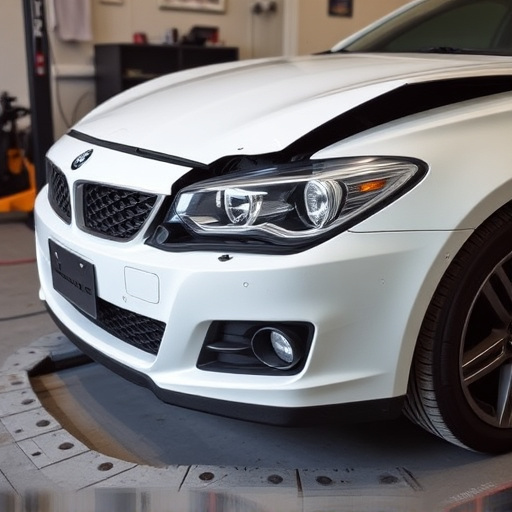Factory seam duplication is a critical auto maintenance technique ensuring structural integrity and aesthetic appeal by replicating manufacturer specifications. It involves advanced machinery, skilled technicians, high-quality materials, and controlled environmental conditions. Strict quality control measures like 3D scanning and standardized procedures guarantee consistent, flawless results, enhancing efficiency and vehicle resale value in collision repair shops.
In today’s manufacturing landscape, achieving seamless appearance standards is paramount, especially through the intricate process of factory seam duplication. This article delves into the intricacies of this process, highlighting key aspects that contribute to consistent quality. We explore how factories can master seam duplication, ensuring aesthetic uniformity across products. By understanding critical factors and implementing best practices for quality control, manufacturers can elevate their standards, making their output not just functional but visually impeccable.
- Understanding Factory Seam Duplication Process
- Key Factors in Achieving Seam Appearance Standards
- Best Practices for Consistent Seam Quality Control
Understanding Factory Seam Duplication Process
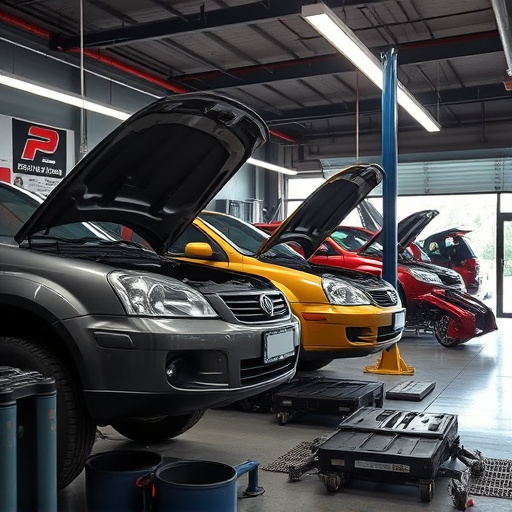
The factory seam duplication process is a meticulous technique employed by automotive manufacturers and specialized car repair shops to replicate precise seaming on vehicle bodies. This method involves using advanced machinery and skilled labor to create seamless joints, ensuring structural integrity and aesthetic appeal. Understanding this process is key to maintaining high-quality standards in auto maintenance and tire services.
By duplicating factory seams, car repair professionals can match the exact specifications set by the original manufacturer. This includes replicating the angle, alignment, and overall pattern of seams, which are crucial for a seamless finish. Auto maintenance experts utilize specialized equipment, such as robotic welding machines, to achieve consistent and accurate results, mirroring the meticulous craftsmanship seen in the assembly line.
Key Factors in Achieving Seam Appearance Standards
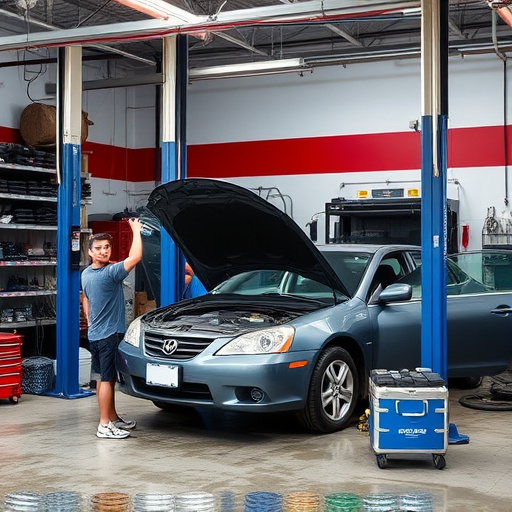
Achieving a seamless appearance in factory seam duplication is an art that relies on several critical factors. Firstly, the quality of materials used plays a pivotal role; choosing the right type of adhesive and seaming tape ensures a strong bond, resulting in precise lines and minimal visible seams. Secondly, the expertise of the technicians is invaluable. Skilled professionals employ precision tools to create clean cuts and apply pressure evenly, eliminating air bubbles and misalignments that could compromise the final look.
Additionally, environmental conditions during the duplication process significantly impact the outcome. Controlled temperature and humidity levels are essential to prevent warping or misalignment of parts, especially in auto glass replacement scenarios. Techniques like paintless dent repair, though not directly related to seam duplication, contribute to the overall aesthetic by minimizing the need for extensive repainting, keeping the vehicle’s original finish intact as much as possible, and enhancing the overall maintenance and resale value.
Best Practices for Consistent Seam Quality Control
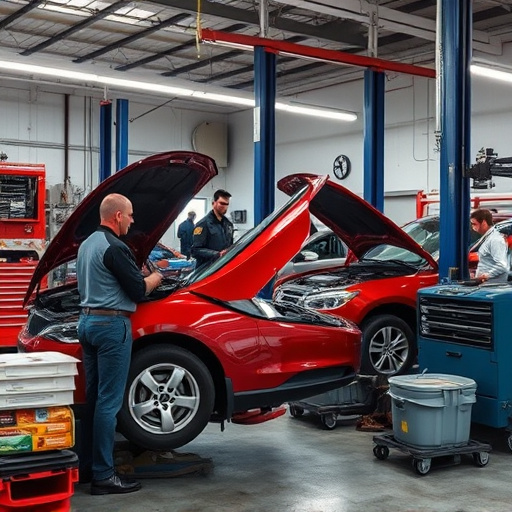
Maintaining a seamless appearance is paramount in the factory seam duplication process, ensuring high-quality and consistent results across every reproduction. To achieve this, strict quality control measures should be implemented at every stage of production. One best practice involves utilizing advanced inspection technologies, such as 3D scanning and computer vision systems, to detect even the slightest imperfections in the seams. These tools enable precise measurements and comparisons against original part specifications, allowing for immediate identification and correction of any deviations.
Additionally, implementing standardized operating procedures is vital. This includes meticulous cleaning and preparation of surfaces before seam duplication, ensuring all materials are compatible and properly aligned during assembly. Regular training sessions for technicians can help maintain a consistent standard of excellence, especially when dealing with intricate auto body shop or luxury vehicle repair tasks that demand precision. Consistent quality control not only guarantees a flawless finish but also streamlines the production process, making it more efficient and cost-effective, particularly in collision repair shops.
The factory seam duplication process plays a vital role in ensuring consistent quality and aesthetic standards across various industries. By understanding the intricate nuances of this process, implementing key factors for optimal results, and adopting best practices for quality control, manufacturers can achieve seamless appearances that meet stringent requirements. Optimizing the factory seam duplication process not only enhances product uniformity but also contributes to overall manufacturing efficiency and customer satisfaction.
